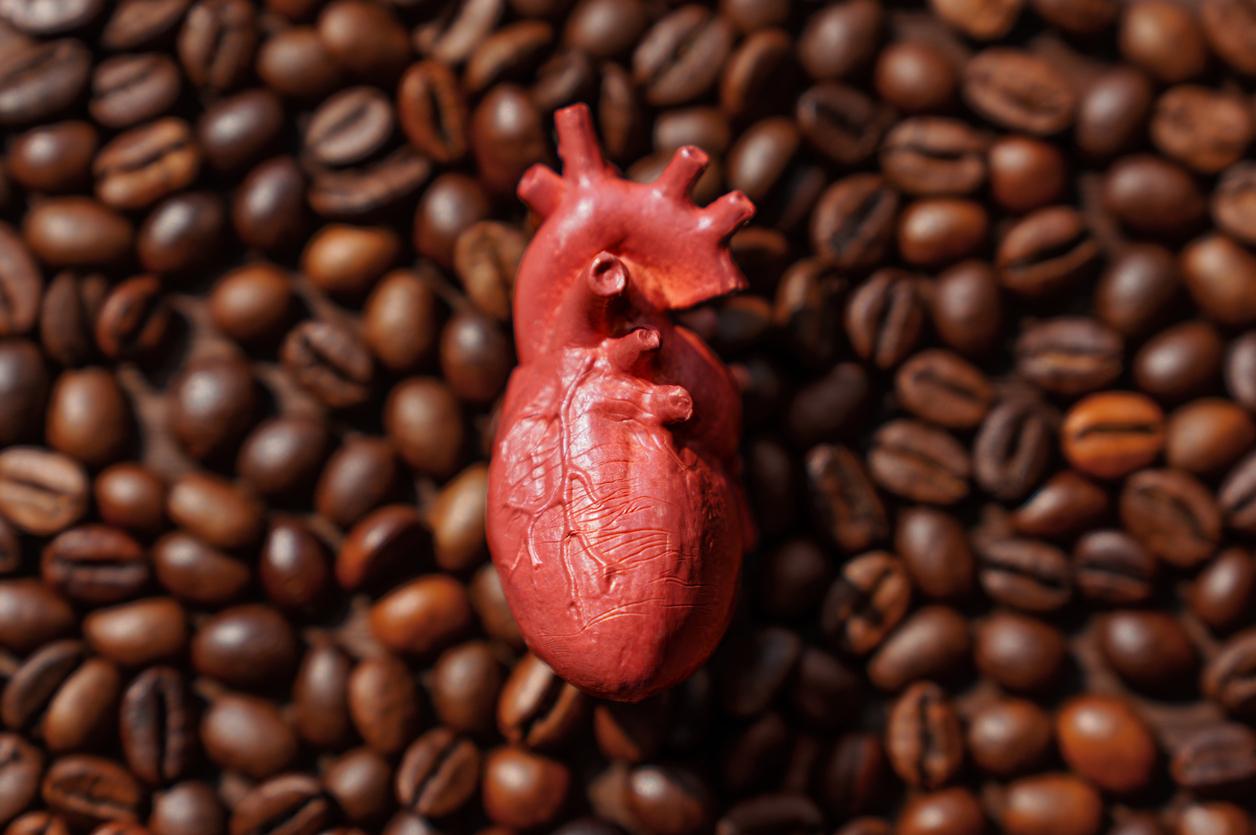Three or more servings of caffeinated drink a day could increase the risk of migraine the next day.

It affects more than one billion adults worldwide. Migraine is the third most common affliction there is. It is characterized by repeated crises manifesting essentially by headaches. In addition to this, the affected person may experience nausea, mood swings, increased sensitivity to light, sound, and visual and auditory hallucinations. And if the patients put it on the back of the weather, hormonal upheavals, stress, drugs or certain foods or drinks, few studies have looked at the immediate effects of these potential risk factors.
This is why American researchers decided to study the impact of caffeinated drinks on migraines. According to their study published in August in the American Journal of Medicine, one to two servings per day would not be associated with same-day headaches. Three or more on the other hand could increase the immediate or next day risks.
To reach these conclusions, Elizabeth Mostofsky of the Beth Israel Deaconess Medical Center (USA) and her colleagues asked 98 adults with episodic migraines to complete electronic diaries every morning and every evening for at least six weeks. Each day, the participants reported their consumption of sodas and caffeinated drinks, with theine or energy. If they had had migraines, they were asked to describe how they started, their intensity, their duration and the medicine taken to relieve the symptoms. The participants were also asked to give information on their consumption of drugs, alcohol, their level of depression and psychological stress, their menstruation and their sleep habits.
Fuzzy dietary recommendations
“While a potential trigger like lack of sleep may only increase migraine risk, the role of caffeine is particularly complex, as it can trigger an attack but also helps control symptoms,” says Mostofsky. “The impact of caffeine depends on dose and frequency but because there have been few studies on the immediate risk of migraines following the intake of caffeinated beverages, there is limited evidence to give dietary recommendations to people who suffer from migraine”.
“A serving of caffeine is generally defined as eight ounces or one cup of caffeinated coffee, six ounces of tea, a 12-ounce can of soda, and a 2-ounce can of an energy drink,” she continues. “These servings contain between 25 to 150 milligrams of caffeine so we cannot quantify what caffeine level is associated with a higher risk of migraine.”
At the end of their study, the researchers did not identify a link between two servings of caffeinated drink and the probability of migraine on the same day. In contrast, they observed higher odds of migraines after three or more servings of caffeinated beverages. However, in unaccustomed people, even one or two servings increased the risk of developing a migraine during the day.
Women are much more susceptible to migraines than men
“Despite the high prevalence of migraines and disabling symptoms, effective migraine prevention remains unclear for many patients,” said Bertisch of Brigham and Women’s Hospital (USA), who participated in the study. “This study was a new opportunity to examine the short-term effects of a daily caffeinated drink on the risk of migraines (…) More work is needed to confirm these findings but it is an important first step”, concludes -she.
According to Inserm, migraine is due to “abnormal neuronal excitability, linked to complex genetic factors associated with environmental factors”. It concerns 6 to 7 million French people, 12% of the active population (for one in four patients, the severity of the attacks leads to a significant socio-professional slowdown) and more than a quarter of women aged 30 to 39.
Indeed, women are much more prone to migraines than men, regardless of the country. According to a study carried out in April by American researchers, this could be explained by the sensitivity of women to the calcitonin protein CGRP (peptide linked to the calcitonin gene). “We already know that calcitonin CGRP plays an important role in migraine. It has been investigated for more than 30 years. Calcitonin CGRP is produced in both the central nervous system – the brain and the spinal cord spinal – and in the peripheral nervous system, which goes everywhere else, including the meninges”, explained in particular the researchers.

.















